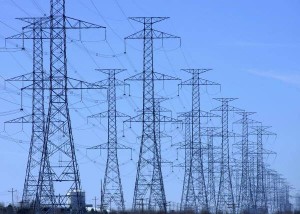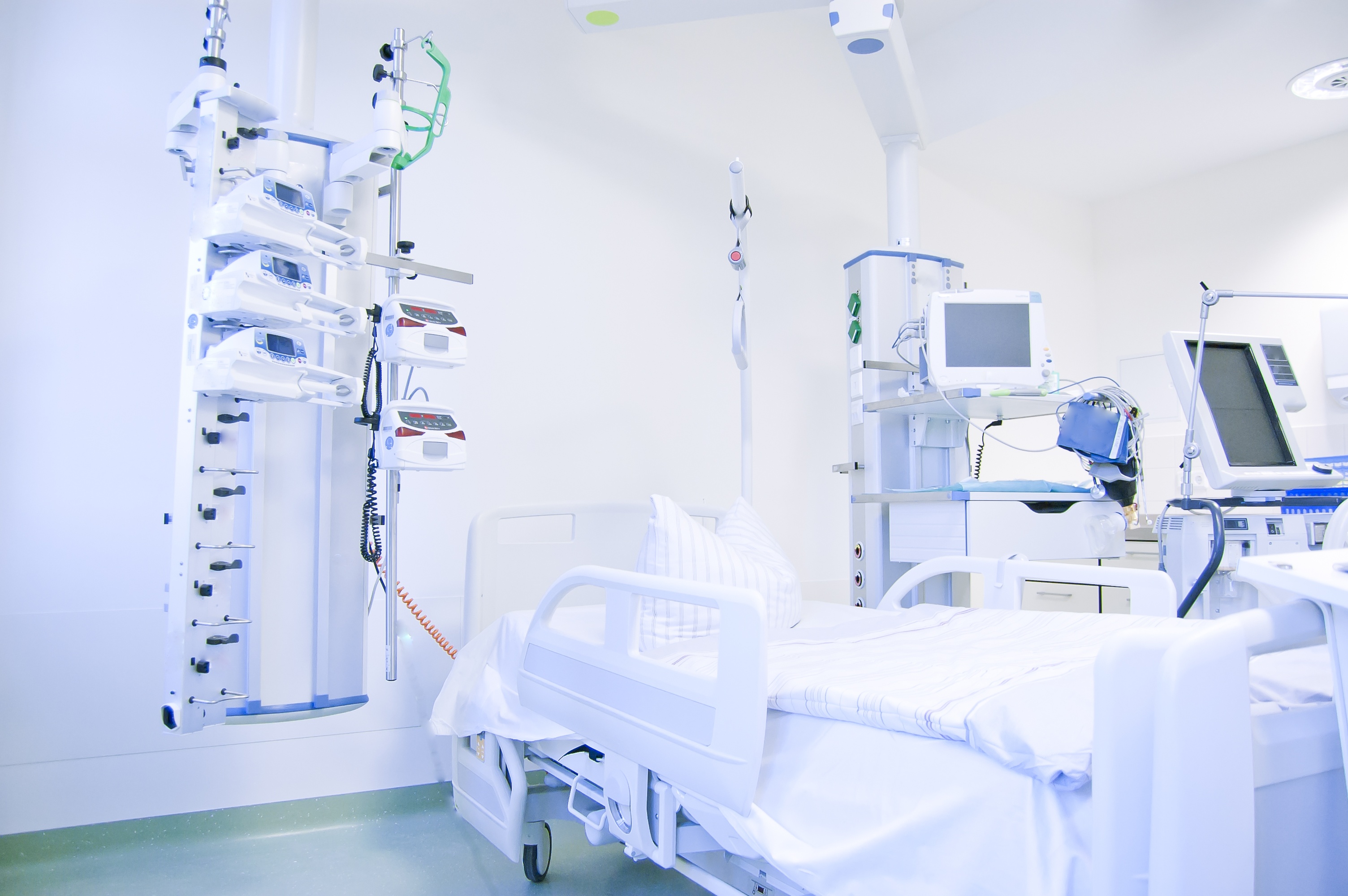Setra Blog
Barometric altimeters calculate and display altitude by measuring the local barometric pressure and converting that measurement into altitude. This conversion is done using the Standard Atmosphere Table, an international standard representing the barometric pressure at various altitudes on a so-called "standard day" which assumes a consistent non-linear relationship between altitude and pressure. Barometric pressure is used in absolute pressure datums to ensure repeatable measurement
Knowledge is power. This statement has been thrown around a lot, but it really holds true. Being aware and having insight can lead to being proactive instead of reactive. Knowing the facts about an issue can not just fix them but give lasting solutions. One issue that greatly impacts the majority of the world is energy usage. With resources being depleted every year, energy monitoring allows for consumption awareness on any kind of level.
This year's NCSL International Workshop and Symposium took place July 19th through the 23rd in Grapevine, TX, which brought together measurement industry professionals and thought leaders under one roof. The theme for the 2015 NCSL International Workshop & Symposium focused on “Measurement Science and the Quality of Life", which emphasized the role measurement science plays
When selecting a relative humidity (RH) sensor, there are many factors to keep in mind that can contribute to longer product life and a successful project. Being aware of the environmental conditions where the sensor will be installed can help determine the correct product specification for the sensor. Every application has its own challenges and requirements. To ensure that you choose the correct RH sensor for your application, ask the following 10 questions:
A common concern surrounding tank level measurement is selecting the right type of sensor technology. Selecting the proper sensor technology will ultimately be determined by the conditions within the tank. The first thing you need to determine is if your vented tank is above ground or buried in-ground. An above ground tank will typically have a process connection external near the bottom of the tank, providing easy access to the sensor. A tank that sits in-ground will typically have an access hatch, where you can install your tank level sensor. Hydrostatic (gauge), capacitance, resistive and ultrasonic sensors are most commonly used for more critical tank level applications. Although they all measure liquid level, they work in different ways.
One of the most vital processes within critical environments is the sterilization of medical tools and devices. Patient safety relies heavily on the efficiency and reliability of sterilization devices. Contaminants can become highly resistive to disinfection, which results in the need for high performance sterilization methods that will ensure sterile equipment. Three primary methods of medical sterilization occur from high temperature/pressure and chemical processes.
Using temperature stand-offs can replace expensive high temperature pressure sensors.
When selecting a pressure transducer for monitoring high temperature liquids or gases, be sure to note the operating temperature range of the transducer. This specification is included under environmental data on most manufacturers’ data sheets. The temperature compensated range specification of a transducer is the error introduced as temperature increases or decreases from 70°F. This thermal error affects both the span and zero setting of the transducers analog output and is generally listed as a percent of full scale per degree (% FS/°F). The static accuracy (accuracy at 70°F) of the pressure transducer plus the thermal error introduced by a high temperature pressure source is the total possible error for a specific high temperature pressure measurement
hat: 2015 NCSL International Workshop & Symposium
When: July 19-23, 2015
Exhibitors, speakers and attendees will gather for The National Conference of Standards Laboratories International Workshop & Symposium in just a few short weeks. Taking place over 5 days, the abundance of programming will keep any participant busy for the whole event. This year, tutorial programs and technical programs will focus on Measurement Science and the Quality of Life.
Subscribe to Our Blog!
Topics
- Critical Environments (182)
- HVAC/R (179)
- General Industrial (153)
- Building Automation (134)
- General Industrial OEM (92)
- Energy Management (85)
- Test and Measurement (66)
- HVAC/R OEM (58)
- Barometric (44)
- Alternative Fuels (42)
- Medical (40)
- Process/Mfg Tank Level (40)
- Water and Wastewater (39)
- OHV (38)
- Oil and Gas (35)
- Industrial Vacuum (29)
- Calibration (25)
- Semiconductor (25)
- Particle Counting (18)
- Cleanroom Monitoring (17)
- Room Pressure Monitoring (16)
- Trade Show (12)
- cleanroom environment (12)
- Scales (11)
- Environmental Monitoring (10)
- Power Monitoring (10)
- Healthcare (9)
- Power Meters (9)
- Software (9)
- cleanroom monitoring systems (9)
- Case Study (8)
- critical environment technologies (8)
- Humidity (7)
- data centers (7)
- particle counter (6)
- pressure transducers (6)
- LITE room pressure monitor (5)
- hardware and software cleanroom monitoring systems (5)
- setra lite (5)
- Compliance (3)
- Video (3)
- hospital spaces (3)
- FAQ & Troubleshooting (2)
- Monitoring Compounding Pharmacies (2)
- Semiconductor Manufacturing (2)
- agencies that monitor pharmacies (2)
- energy (2)
- hvac (2)
- laboratories (2)
- monitor compound pharmacy (2)
- protected environment (2)
- regulatory compliance (2)
- setra lite features (2)
- usp 797 (2)
- Current Sensors and Transducers (1)
- Current Transformers (1)
- Pressure (1)
- aerospace cleanrooms (1)
- cems (1)
- digital transformation (1)
- ipv6 multicast (1)
- ipv6 multicast address (1)
- ipv6 multicast address range (1)
- isolation room pressure monitoring (1)
- multicast address ipv6 (1)
- multicast ipv6 (1)
- operating room (1)
- pharma 4.0 (1)
- pressure sensor (1)
- pressure transducer companies (1)
- semi conductor (1)
- sensors and transducers (1)
- setra pressure transducers (1)
- submetering (1)
- sustainability (1)
- temperature monitor (1)
- temperature monitoring for pharmacies (1)
- transducers (1)
- usp 800 (1)
- water (1)
- what does hvac stand for (1)
- what is a transducer (1)
- what is hvac (1)













